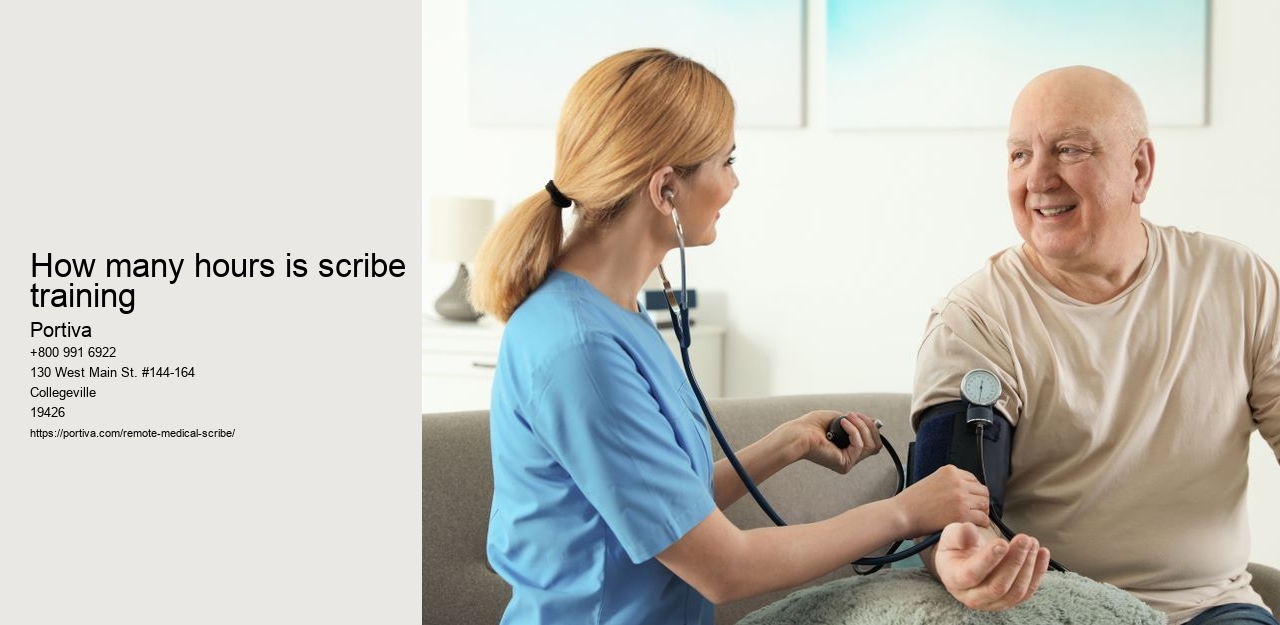They can be used for scheduling appointments, checking in patients, keeping records of past and medication histories, updating insurance information, billing, and providing general reminders about upcoming visits or health tests. Artificial intelligence algorithms and data from electronic medical records (EMRs) would allow patients to better understand what is happening in their bodies and make informed decisions regarding preventive measures or treatments. This leads to increased customer satisfaction and improves financial outcomes for the practice. The virtual medical assistant of Portiva can help with various tasks, including.- Scheduling appointments. Demonstrates the ability to provide excellent customer service and work with patients of all ages with varied social, economic, and ethnic backgrounds. In addition, it can quickly generate reports, eliminating the need for manual documentation, which can be time-consuming and tedious. By leveraging virtual medical assistant solutions like Portiva, healthcare organizations can benefit from increased efficiency and improved patient outcomes. By automating menial activities like appointment scheduling, documenting patient information, and sending reminders for follow-up care, virtual medical assistants can save doctors time that would otherwise be spent doing paperwork or dealing with non-medical matters. Demonstrates the ability to provide excellent customer service and work with patients from all walks of life, including those with differing social, economic, or ethnic backgrounds. A Bachelor of Science in biology, physiology, neurology or a related field is highly recommended. "I can get quick responses whenever I need them, which allows me to focus on caring for my kids while still keeping an eye on my health."
How many hours is scribe training
